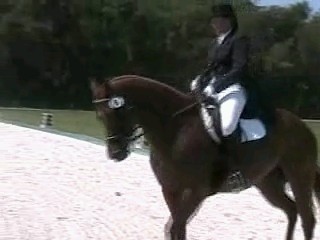
Everyone knows that the kidney is an essential organ necessary for life. Most people in the west think of the kidney as a powerful filter that cleanses the blood and produces urine. But few people realize how central the kidney is in our overall health, psychology and longevity.
The Kidney as defined by Chinese medicine is not the same as that of Western anatomy and physiology. although it encompasses the actions of the renal kidney, it has a much broader definition in the Oriental healing arts. The Kidneys is a complex organ system that includes much more that the renal function with which it is more than the renal function which it is associated with in the West.
To the Chinese, the kidney provides the energetic foundation foundation of our life. It stores and generates the fundamental life energy of the body and is consideratd to be the power source of our entire being. Like the root of a plant, the kidney is the deepest source of life human being, and our life depends upon the primal power contained in the kidney.
There are many who consider the kidney to be the fundamental system of life, especially when one's life is seen in terms of broad functions and its entire span. According to Chinese medicine and philosophy and health science, the kidney determines the power and length of one's life.
The Kidneys store Essence
Although many important functions are under the control of the kidneys, no function is of more importance thatn its role as the great reservoir of Qi for the entire body. This Qi that is stored in the Kidneys is refined and concentrated and is thus called Essence, or Jing. This jing, which is stored in the kidneys, can be released to any organ or to the whole system upon demand, All of the tissues of the body contain some jing. The solid organs, in particular, all contain significant amounts of jing, but the kidneys are the primary storage reservoir for the entire body.
After birth, energy that is not utilized, or stored in the internal organs is sent to the Kidneys for storage. this back-up energy, known as postnatal essence, is used when the naturally stressful occurences of life tax the organic systems and require more energy for adaptaion than is immedetlty available. the Daoist have always taught, with greta emphasis, that the secret to a long and healthy life is to accumulate an abundance of jing in the kidneys and to avoid its dissipation. this is accomplished by avoiding excessive and abusive activitiesin our lifestyle, by avoiding sressful situations and emotional excess as much as possible, by breathing and excersing in such a manner as to accumulate energy and directing that energy to the kidneys, and by eating foods and consuming tonic herbs and nourish the kidneys and build jing.




